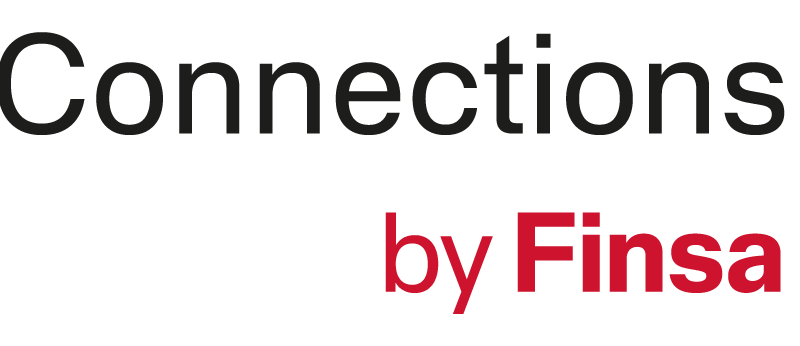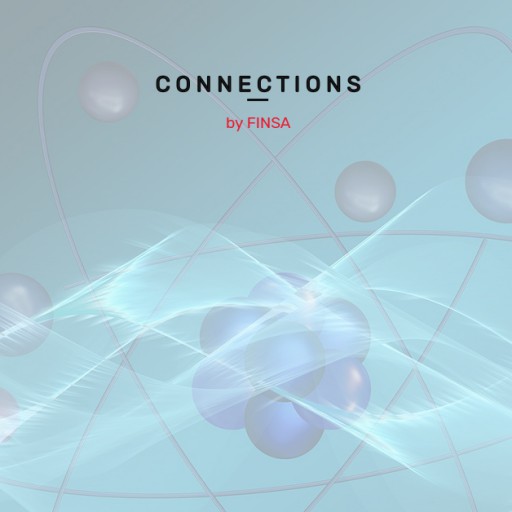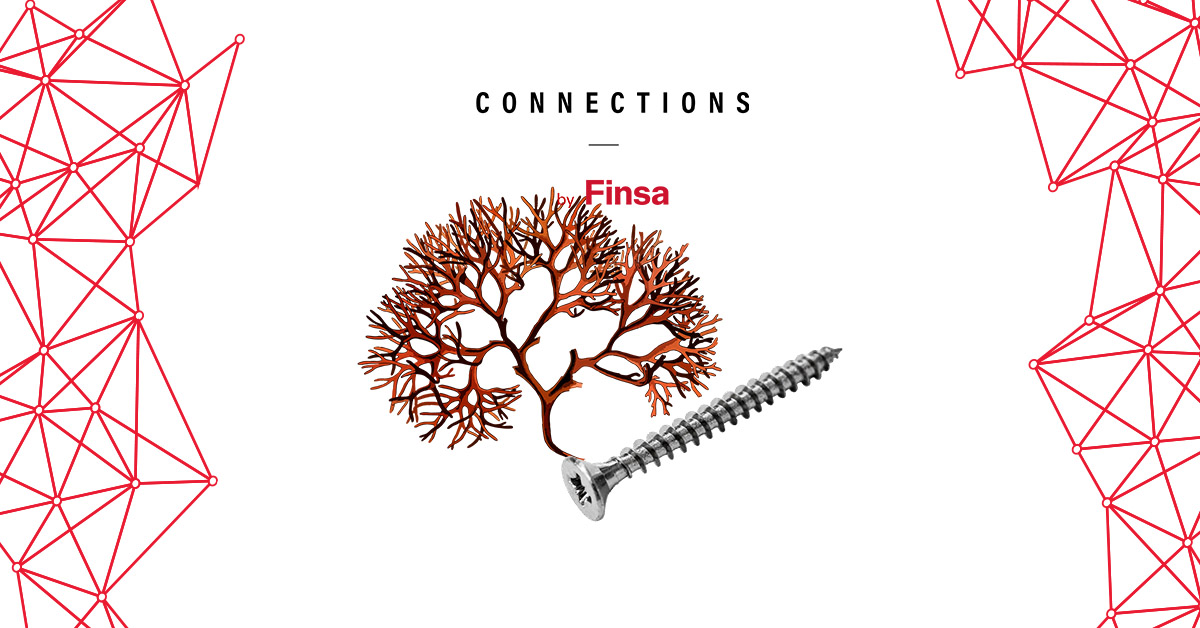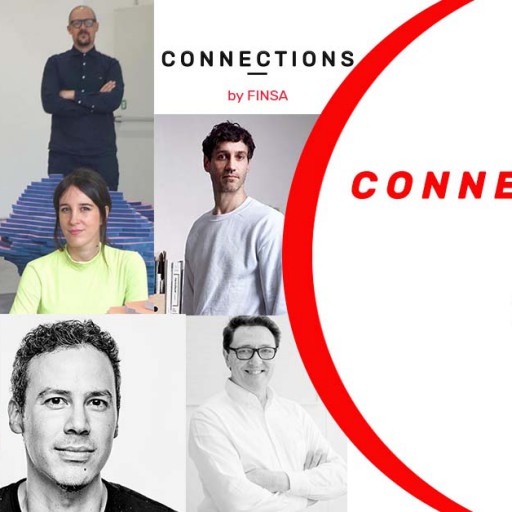Bonnie Hvillum is a designer and founder of Natural Material Studio, a pioneering studio exploring the intersection of natural materials, biotechnology, design and sustainability. Before establishing her studio, Hvillum founded Social Design Lab, a space where she worked as a process consultant for various organizations and political parties, which allowed her to develop a strong vision for systemic development.
In its approach, Hvillum has combined science, biology, and design to innovate in the creation of bio-based materials and manufacturing processes, setting a new standard in sustainable and conscious design. Below, he shares the most important lessons learned from his career, his vision for the evolution of his studio, and his reflections on the future of natural materials.
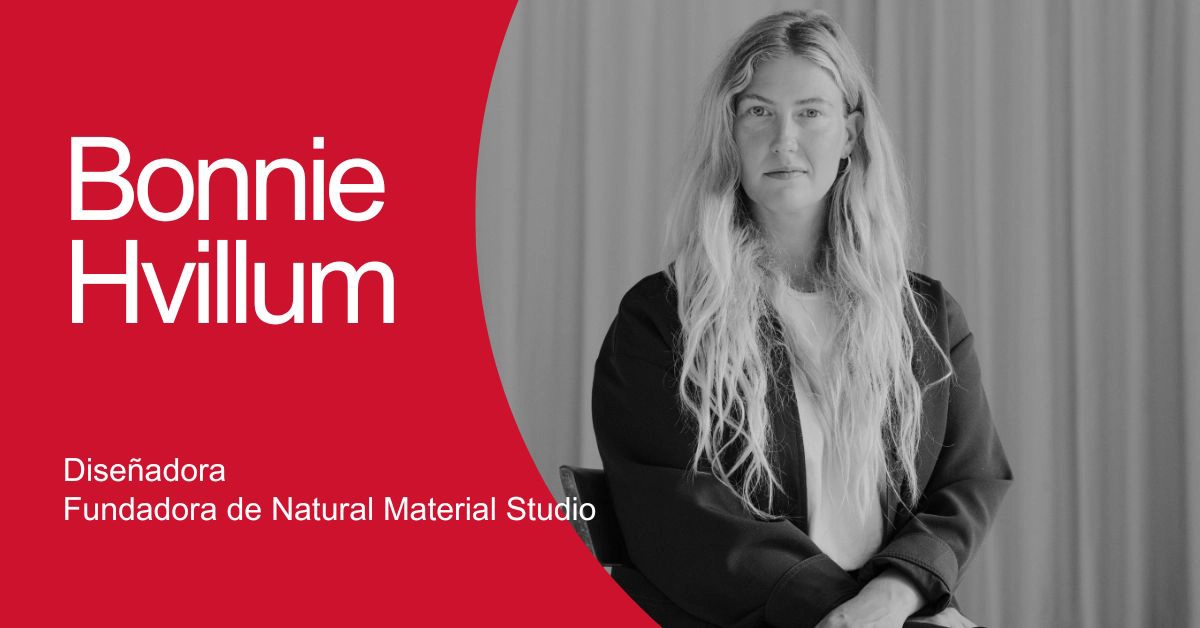
Before founding Natural Material Studio, you created Social Design Lab, working with organizations and political parties. What are the main lessons learned from this period?
I worked for years as a process consultant for various organizations and companies, where I adopted a systemic approach to business development and management. This knowledge was based on a master’s degree I completed in Amsterdam on systems thinking and philosophy. It is an approach and mindset that laid the foundation for Natural Material Studio.
Natural Material Studio celebrated its fifth anniversary. Could you share your thoughts on the studio’s evolution? I think the studio has grown very organically. We have tried to foster strong collaborations and partnerships, and we have focused on projects that align with the studio’s own values. I am very proud of the direction we are going.
Ver esta publicación en Instagram
There are not many studios focused on research and development of their own manufacturing processes. Could you explain the main studies you have developed over the past five years? Today, we are working with our biotextiles on a large scale, a process we have been perfecting over several years. We then began working with a biological foam made from the same components but mechanically whipped to generate air. And recently, we started with a solid bioplastic that dries into a very strong element, creating a very interesting surface. So, we have several materials and processes in the studio, all within natural and very simple components.
How do you combine science, biology, technology, and design?
For me, they are not separate. It is a very fluid practice and an area of work where fields overlap and work together.
Are companies aware of their use of materials? What factors should they consider to foster greater sustainability awareness? I am sure companies are becoming more aware, but I think it is also a difficult task for them, as understanding sustainability is not easy. However, I feel that the companies that approach us have a willingness to test, try, and learn, which I think is crucial in these times of rapid change.
Ver esta publicación en Instagram
Differentiate between natural materials and mass production. Could there be a meeting point between these two worlds?
I think we should look for other types of production systems and structures, some more locally oriented and on a smaller scale, rethinking our industrial mentality toward a zero-mile orientation.
You develop bio-based materials from scratch, but do you consider other organic materials like wood in your projects?
Of course. For the past two years we have had an extensive research project with Dinesen and architect Kim Lenschow.
Ver esta publicación en Instagram
You work in fashion, furniture, architecture and art. How important is it for each of these fields to listen to social changes like feminism, LGBT communities, etc.?
I am very inspired by the gender fluidity right now, so I definitely think our different creative fields feed off each other.
You are also involved in The Material Way. How did this type of academy begin? Do you think there is a gap in “regular” architecture and interior design studies that needs to be filled with courses like those offered by The Material Way?
Rita and I began organizing online courses on natural materials and natural materials in ceramics over three years ago, which is when we founded The Material Way. We really saw a lack of hands-on, community-driven, hands-on learning-driven studies. That is our vision with TMW, and it’s amazing to see people from all over the world come together and have a shared, collaborative learning process.

